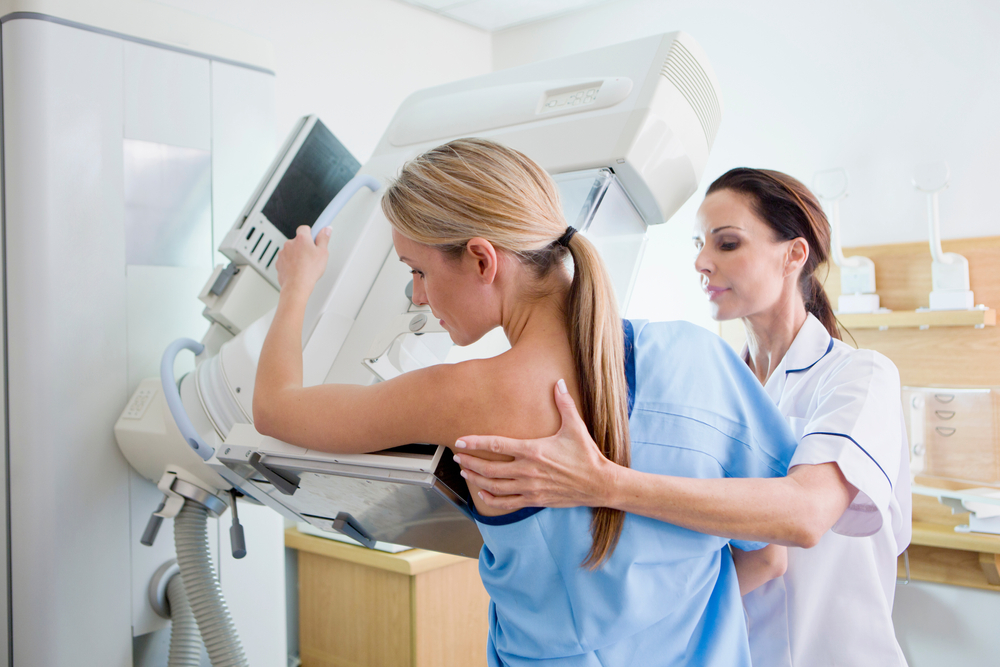Mammograms, essential diagnostic tools in breast cancer detection, plays an important role in identifying breast abnormalities early, increasing the chances of successful treatment. This blog post will provide a comprehensive overview of the importance of mammograms, the different types available, and helpful preparation tips to ensure an effective and comfortable screening experience.
The Importance of Mammograms: Early Detection Saves Lives
Breast cancer is one of the most common forms of cancer affecting women worldwide. Early detection of breast cancer through mammography significantly improves treatment outcomes and survival rates. Mammograms can detect breast cancer in its early stages, often before symptoms become apparent, allowing for timely intervention and a better prognosis.
Types of Mammograms: Screening and Diagnostic
There are two primary types of mammograms, each serving a specific purpose:
- Screening Mammograms: These routine examinations are performed on women who exhibit no symptoms of breast cancer. They serve as a preventive measure, helping identify potential abnormalities in breast tissue. A screening mammogram typically involves two X-ray images of each breast.
- Diagnostic Mammograms: These mammograms are used when a woman presents symptoms, such as a lump or nipple discharge, or when a screening mammogram identifies an area of concern. Diagnostic mammograms provide more detailed breast images, with additional views taken from different angles to help healthcare professionals diagnose accurately.
The Advent of 3D Mammography
In recent years, 3D mammography (also known as breast tomosynthesis) has emerged as a more advanced form of breast imaging. This technology captures multiple images of the breast from various angles, allowing radiologists to examine breast tissue in greater detail. Research suggests that 3D mammography may increase cancer detection rates and reduce the number of false positives compared to traditional 2D mammography.
Mammogram Guidelines: When to Begin Screening
Mammogram guidelines can vary among organizations, but the American Cancer Society recommends the following:
- Women aged 40 to 44 should have the option to begin annual mammograms.
- Women aged 45 to 54 should undergo annual mammograms.
- Women aged 55 and older may switch to mammograms every two years or continue with annual screenings.
It is essential to discuss your individual risk factors and preferences with your healthcare provider to determine the most appropriate screening schedule for you.
Preparing for a Mammogram: Tips for a Smooth Experience
To ensure an effective and comfortable mammogram experience, consider the following tips:
- Schedule Wisely: Avoid scheduling your mammogram during the week before your period, as your breasts may be more sensitive or tender, making the mammogram more uncomfortable.
- Dress Appropriately: Wear a two-piece outfit, as you will need to remove your top and bra for the mammogram. Avoid wearing deodorant, antiperspirant, or body powder on the day of the exam, as these products can interfere with the X-ray images.
- Bring Prior Images: If you have had mammograms at another facility, bring the images with you or have them sent to the new facility. This allows the radiologist to compare the new images with your previous ones, making detecting changes in your breast tissue easier.
- Inform the Technologist: Share any breast changes or concerns with the technologist before the exam. Also, inform them if you have breast implants or if there’s a possibility you may be pregnant.
- Stay Calm: Mammograms can be anxiety-inducing for some women. Remember that most screening mammograms come back normal, and even if an abnormality is detected, it doesn’t always mean cancer. Try to stay calm and focus on the importance of early detection for your overall health.
Ask Questions
If you have any concerns or questions about the mammogram procedure, do not hesitate to ask your healthcare provider or the technologist performing the exam. They can provide valuable information and reassurance about the process.
Mammograms are essential tools in the early detection and prevention of breast cancer. By understanding the importance of mammograms, the different types available, and following the provided preparation tips, you can ensure an effective and comfortable screening experience. It is crucial to consult with your healthcare provider to determine the most appropriate mammogram schedule based on your individual risk factors and preferences. You can take an essential step towards safeguarding your breast health and overall well-being by staying proactive and informed.
Sources:
- American Cancer Society – Mammograms: https://www.cancer.org/cancer/breast-cancer/screening-tests-and-early-detection/mammograms.html
- Centers for Disease Control and Prevention – What Is a Mammogram?: https://www.cdc.gov/cancer/breast/basic_info/mammograms.htm
- National Cancer Institute – Mammograms: https://www.cancer.gov/types/breast/mammograms-fact-sheet
- Susan G. Komen – Mammography: https://ww5.komen.org/BreastCancer/Mammography.html
- Breastcancer.org – Mammograms: https://www.breastcancer.org/symptoms/testing/types/mammograms
- RadiologyInfo.org – Mammography: https://www.radiologyinfo.org/en/info.cfm?pg=mammo
- Mayo Clinic – Mammogram: https://www.mayoclinic.org/tests-procedures/mammogram/about/pac-20384801


